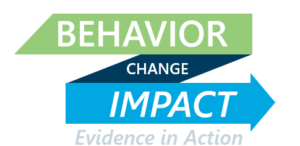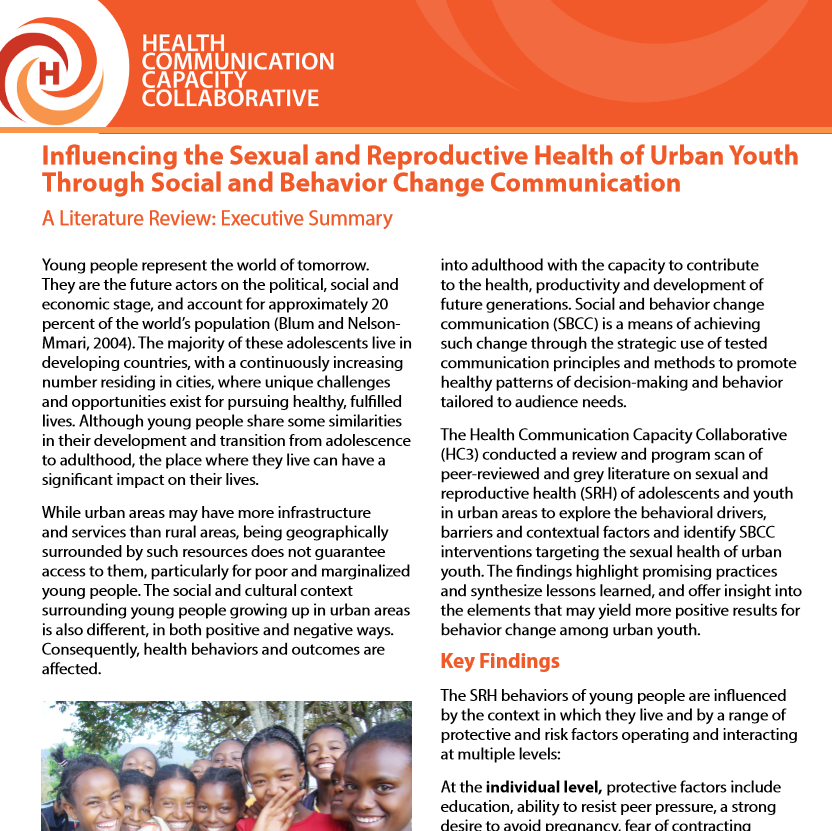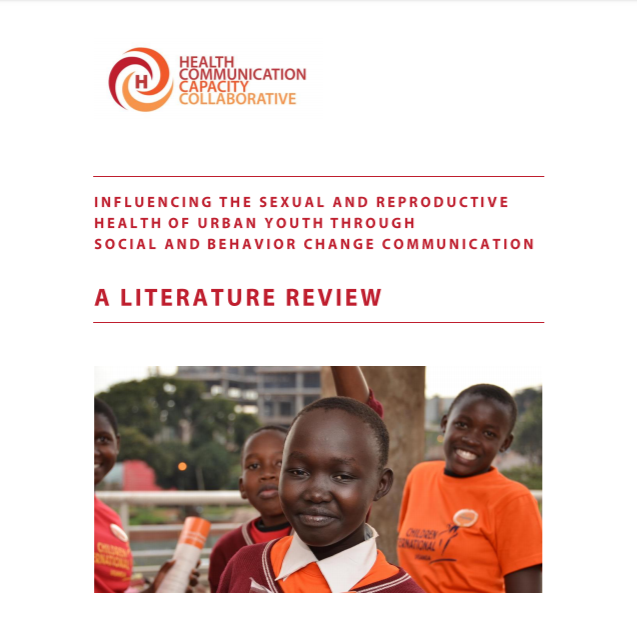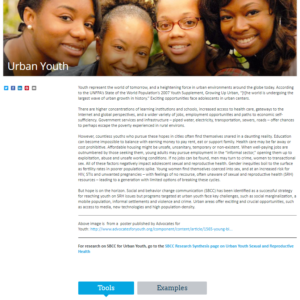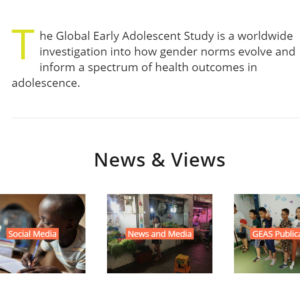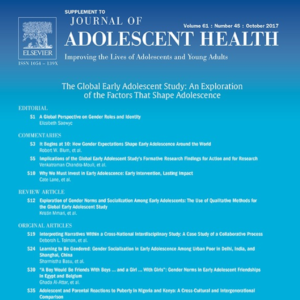About the Urban Youth Database

The Health Communication Capacity Collaborative (HC3) conducted a review and program scan of peer-reviewed and grey literature on reproductive health (RH) of adolescents and youth in urban areas to explore the behavioral drivers, barriers and contextual factors and identify SBC interventions for voluntary family planning and reproductive health education. The findings highlight promising practices and synthesize lessons learned, and offer insight into the elements that may yield more positive results for behavior change among urban youth.
The literature search involved both peer-reviewed journals and grey literature, and addressed a range of factors including adolescent and youth RH behaviors, contraceptive practices, condom use, unintended pregnancy, sexual transmitted infections, and HIV/AIDS, while also paying attention to gender dynamics. The peer review search focused on documentation from the past 10 years and queried the following three databases: PubMed, Scopus and POPLine. The gray literature search was conducted using the following websites: WHO, UNFPA, UNICEF, The World Bank, The Communication Initiative, Population Council, Interagency Youth Working Groups, The urban Reproductive Health Initiative, and the Guttmacher Institute.
The database includes over 120 peer-reviewed and grey literature articles from the review that explore the behavioral drivers, barriers and contextual factors on reproductive health of adolescents and youth in urban areas. The complete literature review and executive summary are available.
See the other Family Planning / Reproductive Health databases:
FEATURED ARTICLES
- Bankole et al. (2007). Knowledge of correct condom use and consistency of use among adolescents in four countries in Sub-Saharan Africa. Afr J Reprod Health, 11(3), 197–220.
- Boileau et al. (2008). Monitoring HIV Risk and Evaluating Interventions among Young People in Urban West Africa: Development and Validation of an Instrument. AIDS Education and Prevention, 20(3), 203-219.
- Givaudan et al. (2008). Longitudinal study of a School based HIV/AIDS early prevention program for Mexican Adolescents. Psychology, Health & Medicine, 13(1), 98-110.
- House et al. (2010). Competence as a Predictor of Sexual and Reproductive Health Outcomes for Youth: A Systematic Review. Journal Of Adolescent Health, 46(3), S7-S22.
- Kabiru et al. (2011). HIV/AIDS among youth in urban informal (slum) settlements in Kenya: What are the correlates of and motivations for HIV testing? . BMC Public Health, 11(1).
- Kim and Free. (2008). Recent Evaluations of the Peer-Led Approach in Adolescent Sexual Health Education: A Systematic Review. International Family Planning Perspectives, 34(2), 89-96
- Lou et al. (2012). Media’s Contribution to Sexual Knowledge, Attitudes, and Behaviors for Adolescents and Young Adults in Three Asian Cities. Journal of Adolescent Health, 50(3), S26-S36.
- Schwandt and Underwood. (2013). Making a difference in adult–child relationships: Evidence from an adult–child communication intervention in Botswana, Malawi, and Mozambique. Journal of Adolescence, 35(6), 1177-1186.
